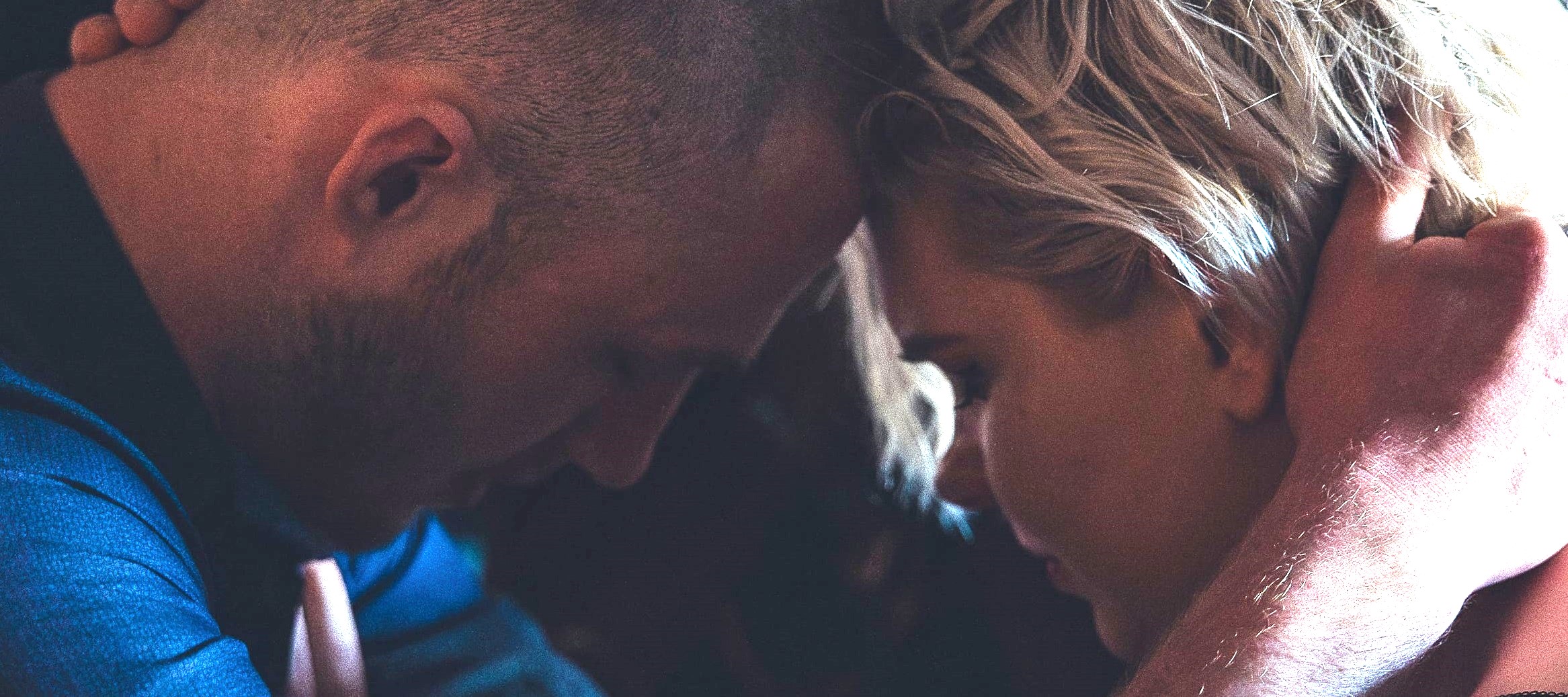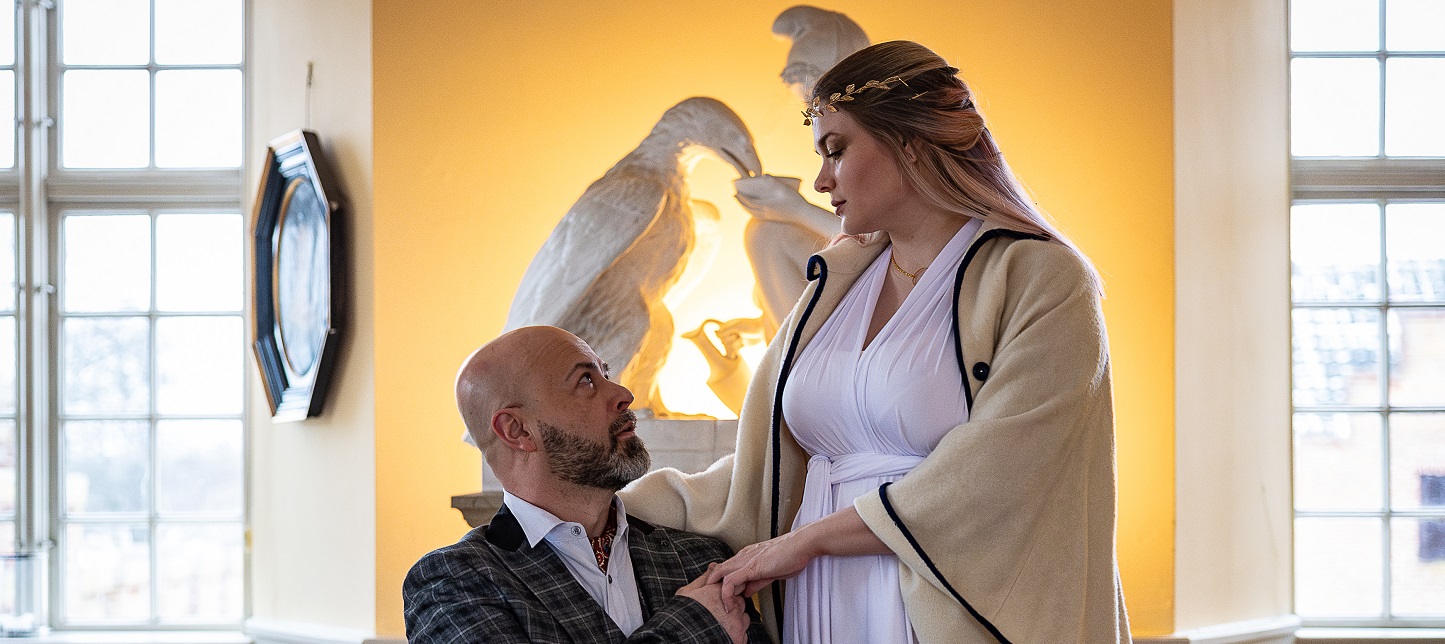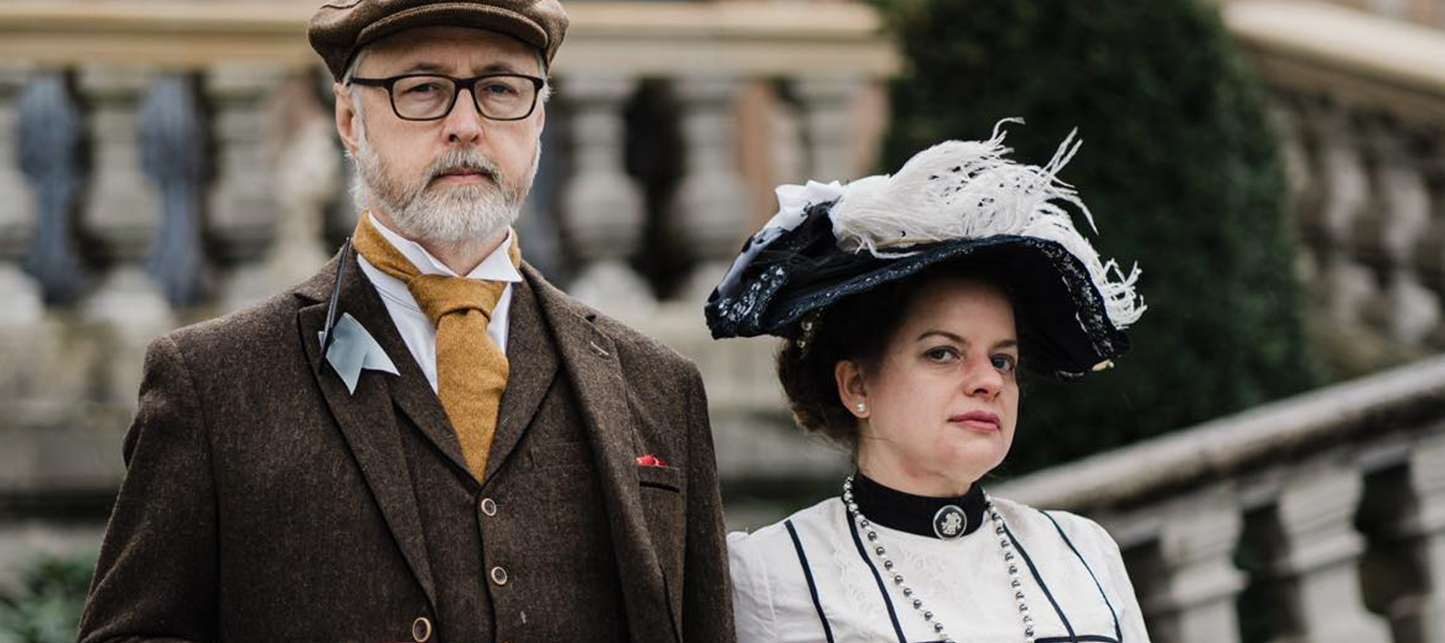Tag: intimacy
-

Building Player Chemistry
in
This article By Nór Hernø, introduces a workshop tool to help build player chemistry before a larp.
-

Helicon: An Epic Larp about Love, Beauty, and Brutality
Ritual play in which group of artists, leaders, and scientists bind the Muses of antiquity to their will.
-

Listen 2 Your Heart Season 8: An Unexpectedly Bleedy Experiment
Reflections on an online larp adaptation of the popular Netflix dating series Love is Blind.

